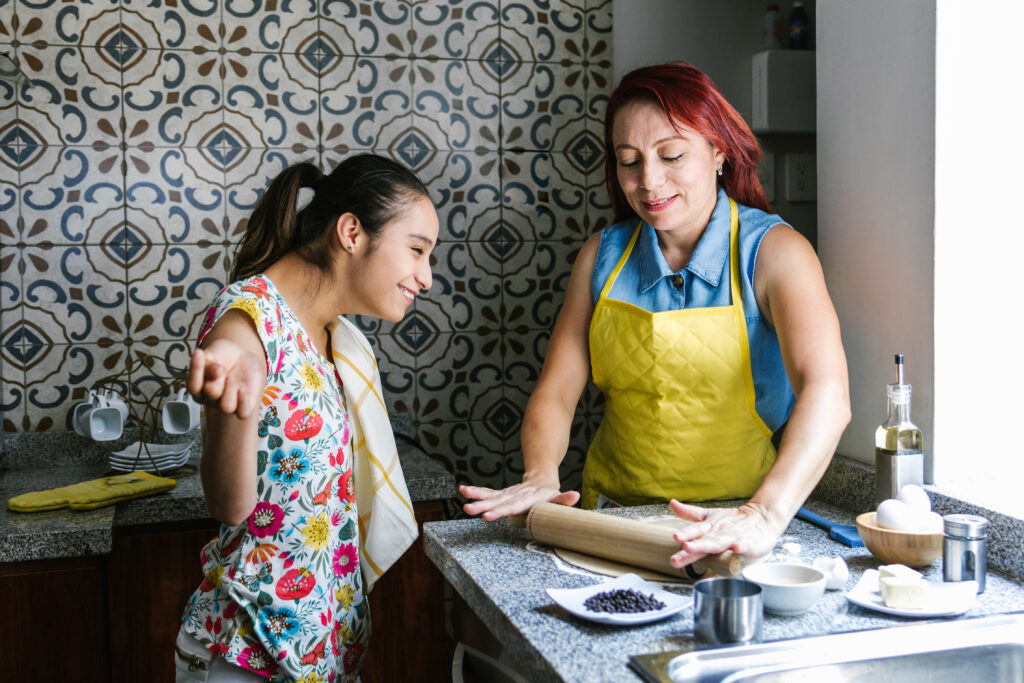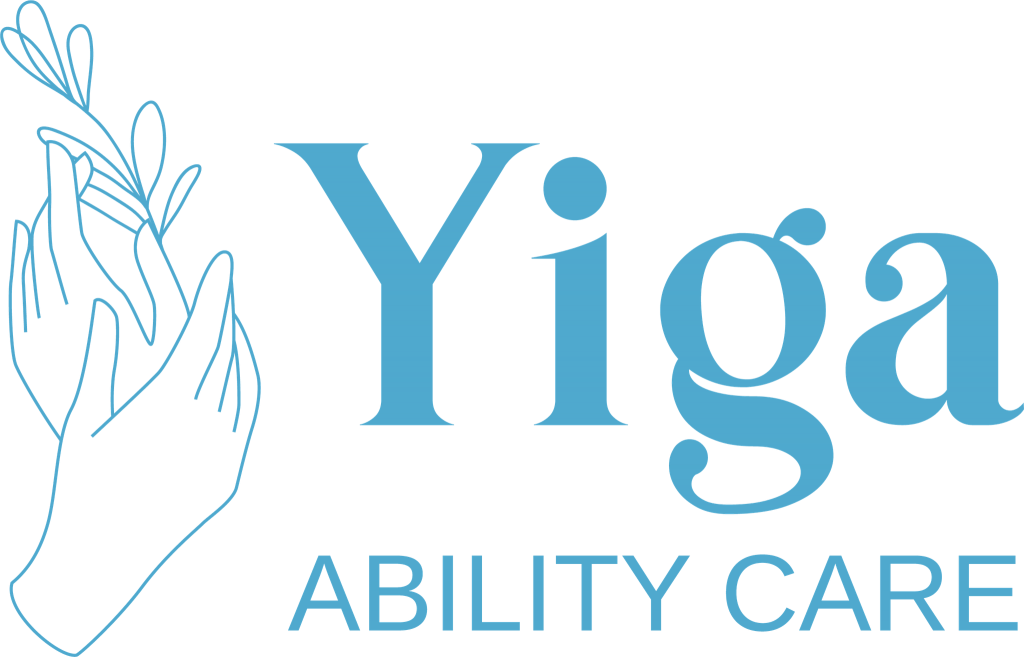
Group and Centre Based Activities

When planning group and center-based activities for individuals with disabilities, it is essential to ensure that activities are inclusive, adaptive, and cater to varying levels of ability, both physical and cognitive. The activities should foster social interaction, independence, and personal development while being accessible, safe, and enjoyable.
1. Physical Activities (Adaptive)
- Chair Yoga/Seated Stretching: Modified yoga or stretching exercises that accommodate those with limited mobility, focusing on flexibility and relaxation.
- Wheelchair Sports: Games like wheelchair basketball, adapted volleyball, or boccia.
- Dance Therapy: Adaptive dance sessions where participants can enjoy movement to music, even from a seated position.
- Sensory Walks/Outdoor Strolls: Walks designed for sensory stimulation, where participants explore different textures, sounds, and sights in a safe environment.
- Adaptive Aquatics: Swimming or water-based exercises that can be therapeutic and accessible for participants with physical disabilities.
2. Creative & Expressive Arts
- Art Therapy/Crafting Sessions: Activities like painting, sculpting, or collage-making using adaptive tools for those with fine motor difficulties.
- Music Therapy: Group sessions where participants engage with music by playing instruments, singing, or listening for relaxation and cognitive stimulation.
- Drama and Role-Play: Interactive storytelling or drama sessions where participants can express themselves creatively, even with non-verbal communication aids.
- Adaptive Pottery or Clay Modeling: Using tools to help individuals with physical limitations to enjoy working with clay or ceramics.
3. Sensory-Based Activities
- Sensory Rooms: Rooms equipped with lights, sounds, textures, and scents to stimulate or soothe the senses. These spaces are ideal for individuals with sensory processing disorders.
- Tactile Play with Textures: Activities like sand play, water beads, or soft fabrics to engage participants in sensory experiences.
- Gardening (Therapeutic Horticulture): Planting, watering, and interacting with plants in a therapeutic garden space, suitable for individuals with varying abilities.
- Interactive Sensory Games: Games that involve lights, sounds, or textures to engage participants, such as sensory boards or touch-and-feel books.
4. Social & Communication Activities
- Group Games (Adaptive): Games such as bingo, trivia, or simple board games that can be modified for cognitive or physical needs.
- Social Clubs: Regular meetups where participants can engage in conversations, share stories, or enjoy a hobby together in a supportive environment.
- Cooking or Baking Sessions: Supervised, accessible cooking or baking activities where participants can engage in preparing simple meals or snacks.
- Storytelling or Reading Groups: Interactive storytelling sessions where participants can listen to or contribute to stories, or read aloud with assistance.
5. Cognitive & Learning Activities
- Memory Games and Puzzles: Adaptive puzzles, memory card games, or cognitive exercises that promote mental engagement.
- Technology and Media Activities: Introducing participants to accessible technology, such as adapted tablets or computers, for games, learning apps, or video calls with loved ones.
- Educational Workshops: Hosting workshops on various topics, such as nature, history, or practical life skills, adapted to the cognitive level of participants.
- Assistive Technology Workshops: Sessions to familiarize participants with new tools that aid in communication, mobility, or daily activities.
6. Life Skills & Independent Living Activities
- Basic Household Tasks (Adapted): Activities like folding laundry, sorting objects, or preparing a simple snack to build independence and practical life skills.
- Money Management (Adaptive): Fun and simple lessons on recognizing coins, budgeting, or managing small purchases in real-world or role-play scenarios.
- Daily Planning & Routine Building: Teaching participants how to organize their day, whether through visual schedules, talking planners, or other accessible tools.
7. Relaxation & Mindfulness
- Guided Meditation or Relaxation: Sessions where participants are led through breathing exercises, guided imagery, or gentle relaxation techniques, either seated or lying down.
- Massage or Aromatherapy: Soothing sensory experiences, like hand massages or aromatherapy using pleasant and calming scents.
- Mindfulness Coloring: Adaptive coloring books with large spaces and various textures to engage participants in a relaxing and creative activity.
8. Animal-Assisted Therapy
- Pet Therapy Visits: Bringing in trained therapy animals like dogs or cats for participants to interact with, which can provide comfort, reduce stress, and improve mood.
- Farm Visits/Animal Care: Organized trips to local farms or centers where participants can safely interact with animals like horses or rabbits.
9. Outdoor & Nature-Based Activities
- Accessible Nature Walks: Wheelchair-accessible walks in nature, where participants can enjoy the outdoors, listen to birds, and explore in a safe, accessible environment.
- Picnic in the Park: Group picnics in outdoor settings, allowing participants to enjoy fresh air and social interaction in a natural setting.
- Bird Watching or Nature Observation: Activities focused on watching birds, identifying trees, or simply enjoying the sights and sounds of nature.
10. Special Events & Celebrations
- Seasonal or Cultural Celebrations: Celebrating holidays, birthdays, or cultural festivals with adapted activities such as themed crafts, music, or shared meals.
- Talent Shows or Performances: Encouraging participants to showcase their talents, whether in music, dance, or creative expression, in a supportive and inclusive environment.
Adaptation Considerations:
- Ensure that activities are accessible in terms of physical space (wide doorways, ramps, etc.) and sensory needs (lighting, sound).
- Provide adaptive equipment, such as larger-handled tools or assistive communication devices, to ensure all participants can engage.
- Ensure support staff or volunteers are trained in assisting individuals with specific needs while maintaining participants’ independence and dignity.
By thoughtfully tailoring these activities, we create a supportive, inclusive, and enriching environment for individuals with disabilities.

